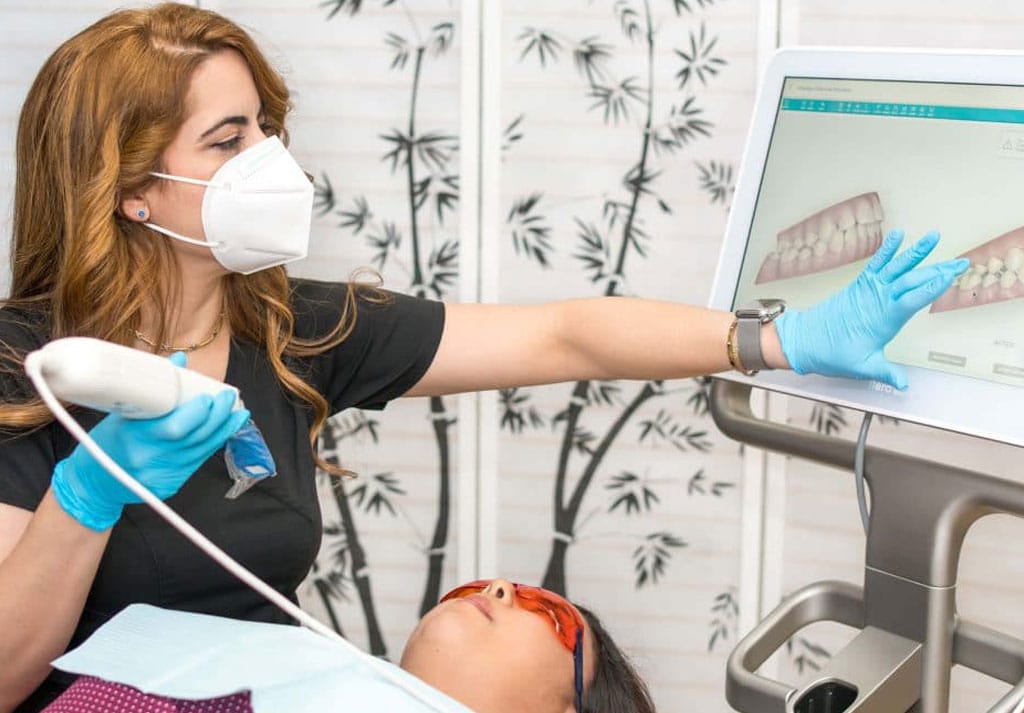Gastric balloon weight loss surgery, also known as intragastric balloon therapy, is a minimally invasive procedure designed to assist individuals in achieving significant weight loss and improving their overall health and well-being. This non-surgical approach involves the placement of a soft, inflatable balloon in the stomach to reduce its capacity, leading to feelings of fullness and satiety with smaller meal portions. In this comprehensive overview, we will delve into the details of gastric balloon weight loss surgery, including its benefits, procedure, recovery process, potential risks, and suitability for individuals seeking effective weight loss solutions.
Understanding Gastric Balloon Weight Loss Surgery
Gastric balloon weight loss surgery is typically recommended for individuals who are overweight or obese and have struggled to lose weight through diet and exercise alone. The procedure is intended to jumpstart weight loss efforts by creating a sensation of fullness, which helps patients consume fewer calories and adopt healthier eating habits. Unlike traditional bariatric surgeries such as gastric bypass or sleeve gastrectomy, gastric balloon placement does not involve permanent alterations to the digestive system and can be considered a reversible intervention.
Procedure Overview
The gastric balloon weight loss surgery procedure is performed under sedation or general anesthesia and typically takes less than an hour to complete. During the procedure:
- Balloon Insertion: A deflated silicone balloon is inserted into the stomach through the mouth using an endoscope, a thin, flexible tube equipped with a camera and light. Once the balloon is positioned in the stomach, it is inflated with a sterile saline solution to occupy space and reduce stomach capacity.
- Balloon Placement Confirmation: The endoscope allows the surgeon to visualize the balloon’s placement and ensure that it is positioned correctly within the stomach. Once confirmed, the endoscope is removed, leaving the balloon in place.
- Recovery and Monitoring: After the procedure, patients are monitored in a recovery area to ensure they are comfortable and stable. They may experience some discomfort or nausea initially, but these symptoms typically resolve within a few days.
Benefits of Gastric Balloon Weight Loss Surgery
Gastric balloon weight loss surgery offers several potential benefits for individuals struggling with obesity or excess weight:
- Significant Weight Loss: Clinical studies have shown that gastric balloon therapy can lead to significant weight loss, with many patients achieving a reduction of 20% or more of their excess body weight within the first six months of treatment.
- Improved Metabolic Health: Weight loss resulting from gastric balloon therapy can lead to improvements in metabolic health parameters such as blood pressure, cholesterol levels, and blood sugar control, reducing the risk of obesity-related health conditions such as diabetes, heart disease, and stroke.
- Non-Surgical Approach: Gastric balloon weight loss surgery is a non-surgical, minimally invasive procedure that does not require incisions or permanent alterations to the digestive tract. It is a suitable option for individuals seeking weight loss interventions with fewer risks and a shorter recovery period.
- Reversible Intervention: Unlike permanent bariatric surgeries, gastric balloon placement is reversible, allowing patients to have the balloon removed if necessary or desired. This flexibility offers patients greater control over their treatment journey and allows for adjustments based on individual needs and preferences.
Recovery Process
Following gastric balloon weight loss surgery, patients are typically advised to adhere to a liquid or soft diet for the first few days to allow for proper healing and adjustment to the balloon. Over time, patients can gradually transition to solid foods, focusing on smaller, nutrient-rich meals to support continued weight loss and optimal health. Regular follow-up appointments with healthcare providers are essential to monitor progress, address any concerns or complications, and provide ongoing support and guidance throughout the weight loss journey.
Potential Risks and Considerations
While gastric balloon weight loss surgery is generally considered safe and well-tolerated, it is important for patients to be aware of potential risks and considerations associated with the procedure. These may include:
- Nausea and Discomfort: Some patients may experience temporary side effects such as nausea, vomiting, or abdominal discomfort following balloon placement. These symptoms typically subside within a few days as the body adjusts to the balloon’s presence.
- Gastric Balloon Migration: In rare cases, the gastric balloon may migrate or move within the stomach, leading to complications such as obstruction or perforation. Proper placement and monitoring by experienced healthcare providers can help minimize the risk of balloon migration and associated complications.
- Gastrointestinal Symptoms: During the initial period after balloon placement, patients may experience changes in bowel habits, bloating, or indigestion. These symptoms are usually temporary and resolve as the body adjusts to the balloon’s presence.
- Limited Weight Loss Results: While gastric balloon therapy can be highly effective for many patients, individual results may vary, and some individuals may not achieve their desired weight loss goals with this approach. Factors such as dietary adherence, lifestyle habits, and underlying medical conditions can influence treatment outcomes.
Suitability for Candidates
Gastric balloon weight loss surgery may be suitable for individuals who meet the following criteria:
- Body Mass Index (BMI) over 30: Candidates should have a BMI of 30 or higher, indicating obesity, or a BMI of 27 or higher with obesity-related health conditions such as diabetes or hypertension.
- Commitment to Lifestyle Changes: Successful weight loss with gastric balloon therapy requires a commitment to making long-term lifestyle changes, including adopting a healthy diet, increasing physical activity, and addressing underlying behavioural factors contributing to weight gain.
- Absence of Contraindications: Candidates should not have significant gastrointestinal issues, untreated eating disorders, or contraindications to sedation or anaesthesia. A thorough medical evaluation by a qualified healthcare provider is necessary to determine candidacy for the procedure.
Conclusion: Empowering Weight Loss Journey
In conclusion, gastric balloon weight loss surgery offers a minimally invasive and effective approach to achieving significant weight loss and improving metabolic health for individuals struggling with obesity or excess weight. By reducing stomach capacity and promoting feelings of fullness, gastric balloon therapy empowers patients to adopt healthier eating habits, achieve sustainable weight loss, and enhance their overall quality of life. While the procedure carries potential risks and considerations, careful patient selection, proper placement, and ongoing support from healthcare providers can help maximize benefits and minimize complications. As part of a comprehensive weight loss program that includes dietary counselling, exercise guidance, and behavioural support, gastric balloon weight loss surgery can serve as a valuable tool in helping individuals achieve their weight loss goals and embark on a path to better health and well-being.



